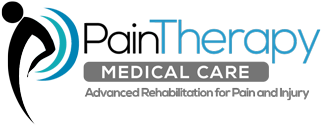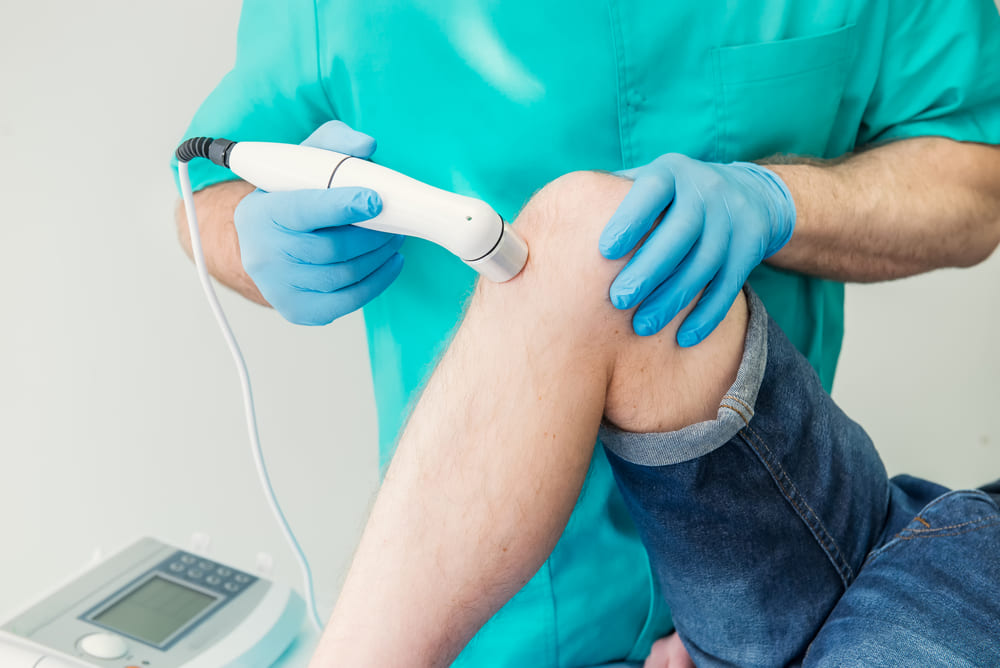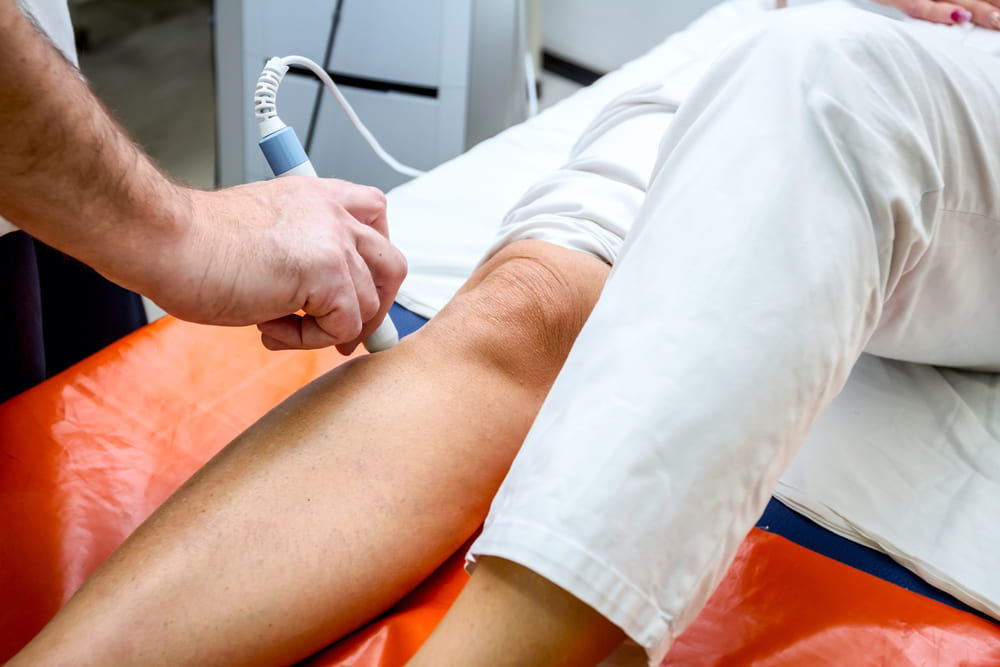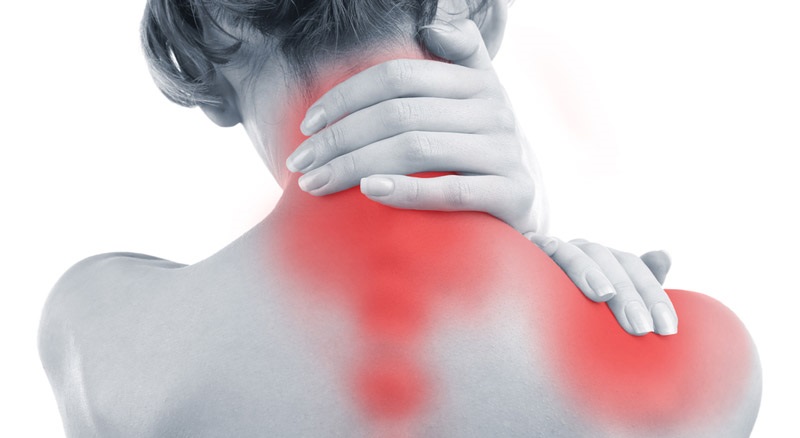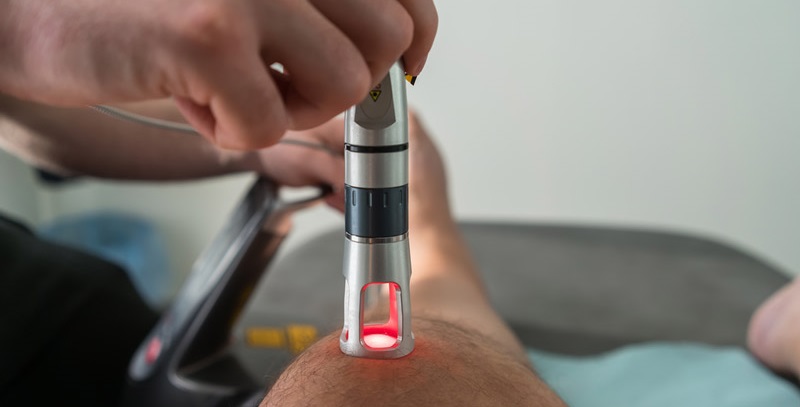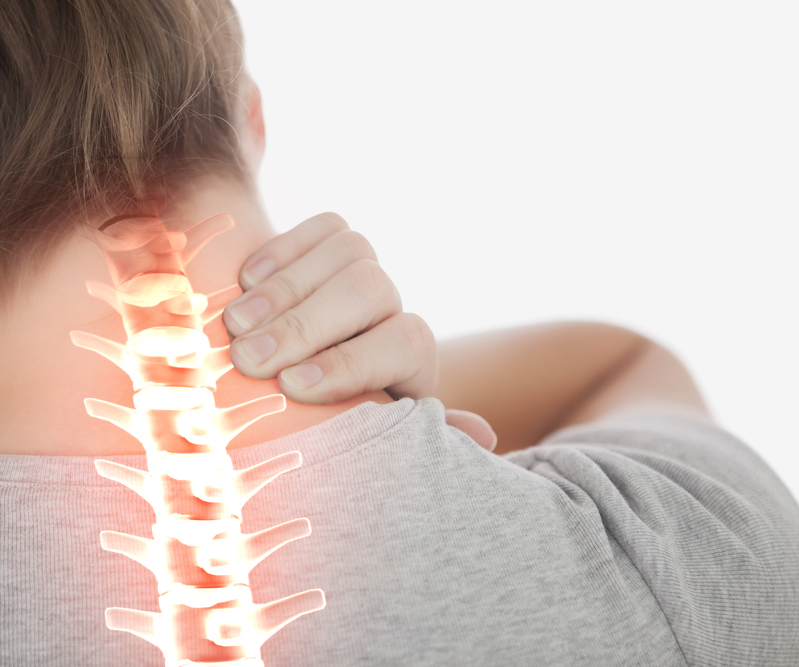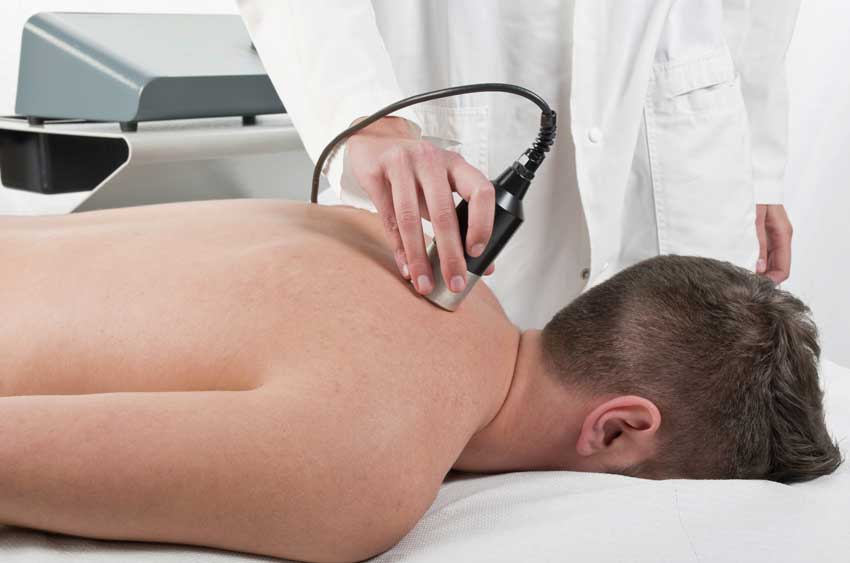Over the years, medical science has made some serious advancements, especially in the field of pain management. While there are many different types of treatment for different types of pain, laser therapy has emerged as a promising intervention for pain management. Laser therapy, also known as cold laser therapy, is a new pain management procedure that is often associated with the knee. Patients who are seeking treatment without drugs or surgery are prescribed laser therapy. If you are experiencing severe knee pain, then the doctor might advise you to go for cold laser therapy for knee pain. But how effective is it? A quick answer to this question is PainTherapyCare Brooklyn NYC, but let’s dig deeper into this subject. To understand the effectiveness of cold laser therapy, it is important to know how this relatively new form of alternative treatment works.
What is laser therapy for knee pain?
It is a non-invasive laser procedure that uses class III or class IV laser for stimulating the affected area and lowering the pain. According to research, it is considered to be the best knee pain relief treatment, whether caused by chronic conditions or injury. Studies show that laser treatment for knee pain is effective because it may:
- Encourage new tissue growth
- Improve cell regeneration
- Stimulate endorphins, which is a natural painkiller in our body
- Improve blood circulation in the affected area
This type of laser treatment is also known as LLLT or low-level laser therapy. Class III or IV laser is passed over the affected area for a short period. Since it is an LLLT, meaning it doesn’t use a hotter laser, your skin is free from any damage. LLLT lasers or cold lasers are used in numerous wavelengths. Now, as it uses a low-level laser, it is important that the doctor uses the right class of LLLT so that it can penetrate to the right level appropriate for the pain.
What are the benefits of cold laser therapy on knee pain?
Those suffering from knee injuries due to a disease or trauma could be benefitted from cold laser therapy. Our PainTherapyCare Doctors suggest that bone on the bone knee or joint pain can be easily alleviated with a combination of cold laser treatment and physical therapy. LLLT helps in reducing the inflammation and irritation of the injury while physical therapy strengthens the ligaments and surrounding muscles, ensuring that the pressure on the joints is reduced.
Cold laser therapy is used as it improves the body’s healing mechanism with proper circulation, releases endorphins that fight pain, and supports cell growth. Not only knee pain, but LLLT may also prove beneficial in treating:
- Fibromyalgia
- Carpal tunnel syndrome
- Tennis elbow
- Bursitis
However, there is no conclusive evidence of how and why laser functions like this on your body. On the other hand, the majority of the insurers do not cover cold laser therapy. This may be because there is no clear evidence as to how it is effective. All the studies conducted used different wavelengths of light. As a result, it is difficult to compare one laser to another. But, doctors have shown their faith in the treatment.
What happens during the procedure?
When you search Google for laser treatment for knee pain near me, make sure that you choose the right pain management clinic with experienced doctors and staff. It is not necessary that all multispecialty hospitals and clinics will have the provision for cold laser therapy. There are dedicated clinics and sports centers that practice cold laser treatment.
It is administered using a small handheld device. The doctor will hold the device, touching the skin or close to the knee for 30-60 seconds or even a few minutes. The length of time the device is used on your knee will depend on the wavelength used, and the size of the area treated. When the device is switched on, the light energy penetrates your skin and reaches the tissues. The tissues then absorb the light energy, which helps in lowering inflammation and, as a result, it promotes new cell growth.
Depending on the severity of your condition, you may have to visit the doctor several times. Basically, it takes several treatments for your knee to feel better. It can vary from several times per week for a couple of weeks to even months.
